Home to more than 20 national wildlife refuges, Washington State is a nature-lover’s dream. Spot bald eagles as they soar over the shores of Puget Sound or watch massive moose feast on dogwood trees in the forests. And in Eastern Washington, amid khaki-colored rimrock and lush farmland, thousands of western sandpipers hunt for dinner in late winter, their black bills bobbing relentlessly in shallow wetlands.
Washington got its first national wildlife refuges in 1907 when President Theodore Roosevelt set aside Quillayute Needles and Flattery Rocks as some of the earliest protected refuges in the country. Although closed to the public, these refuges can be viewed with binoculars from several beaches along the Olympic Peninsula.
Today, visitors have plenty of opportunities to spot animals in their natural habitats thanks to the addition of multiple wildlife refuges across the state. They preserve wild spaces and protect critical habitat for everything from bird species to bears and moose.
Here’s a guide to what you’ll see on driving tours, along hiking trails, and from viewpoints at 10 memorable Washington State wildlife refuges.
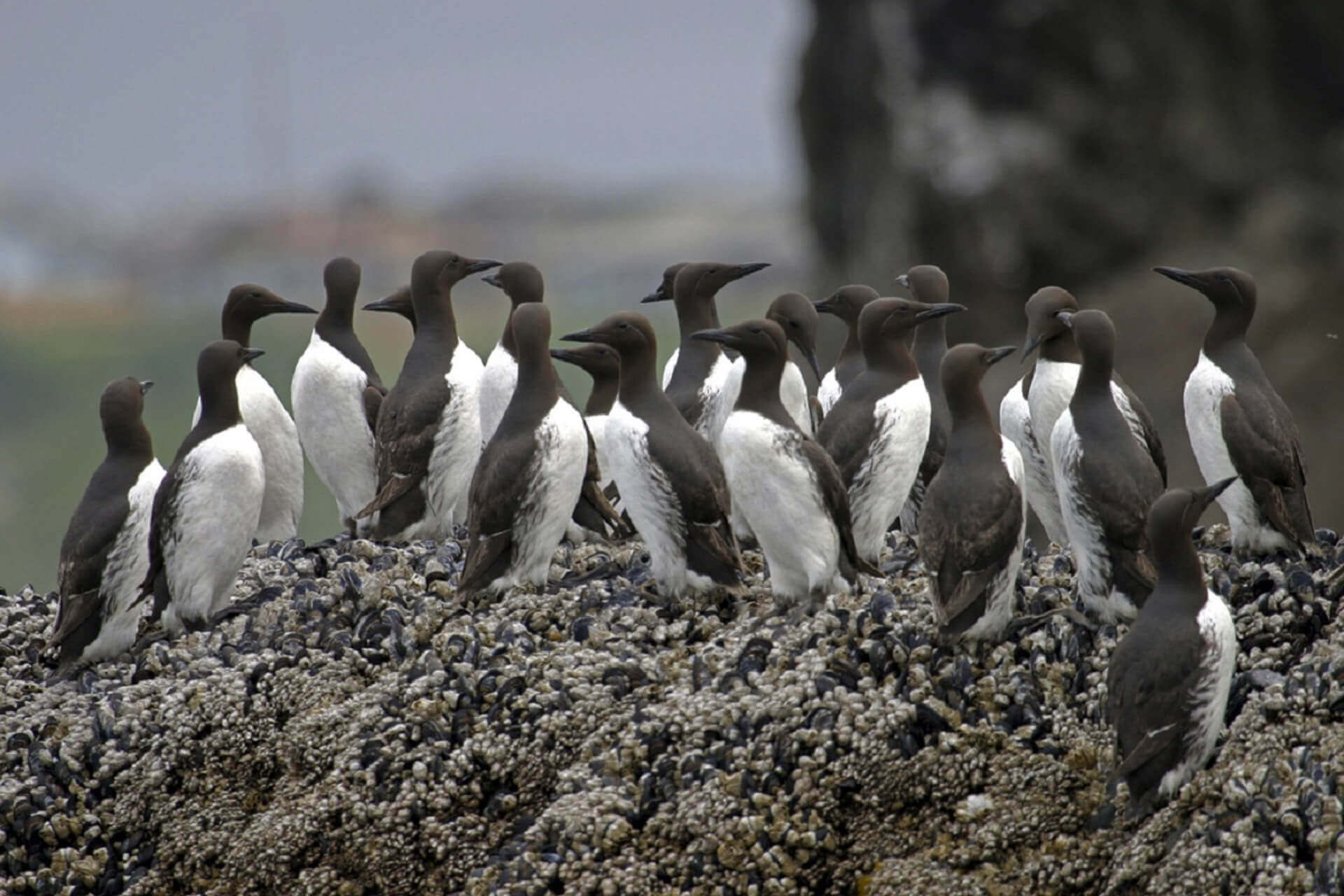
Washington State Wildlife Refuges
Little Pend Oreille National Wildlife Refuge
Best for: Bald eagles, which first appear in fall and remain through winter
Little Pend Oreille National Wildlife Refuge (pronounced “ponderay”) sits about 80 miles north of Spokane and covers a wide range of environments at the base of the Selkirk Mountains and across the broader Okanogan Highlands.
The state’s largest wildlife refuge comprises 42,600 acres of fir and pine forests, open meadows, tranquil lakes, and meandering rivers amid mountainous terrain. It was established in 1939 to protect breeding grounds for migratory birds, but Little Pend Oreille is beloved today for hosting a healthy population of black bears, elk, moose, and other large mammals. Visit in fall to spy bald eagles, golden larch trees, the occasional black bear foraging for berries, and the start of the annual elk rut.
Billy Frank Jr. Nisqually National Wildlife Refuge
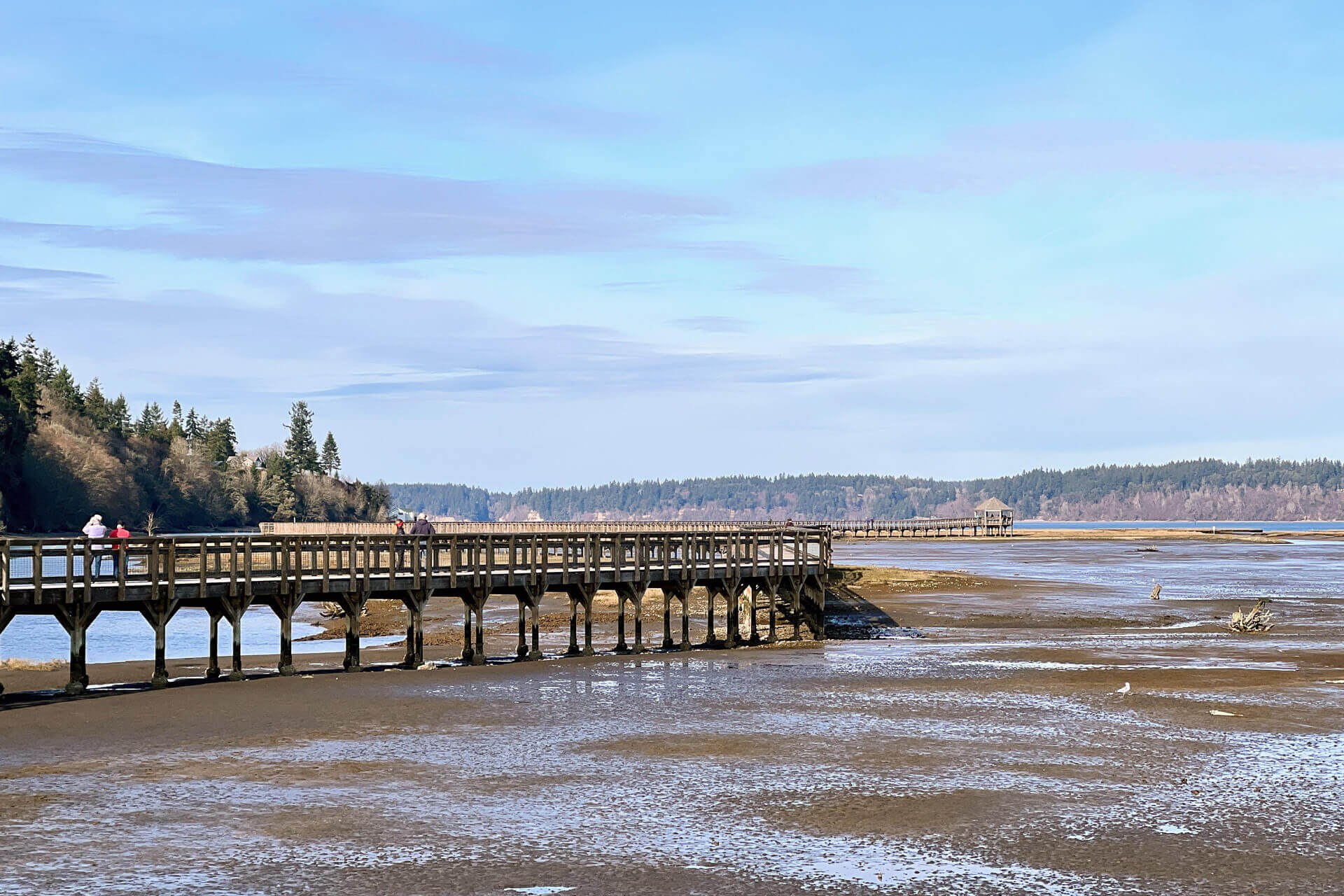
Best for: Shorebirds, which feed in mudflats and wetlands
Just outside of Washington’s capital of Olympia, Billy Frank Jr. Nisqually National Wildlife Refuge sits where the freshwater Nisqually River flows into Puget Sound.
Roughly 4 miles of mostly flat trails depart from the Norm Dicks Visitor Center and head past ponds, through wetlands, and into riparian forests at the western edge of the Nisqually River Delta. Head onto the refuge’s namesake estuary via the 2-mile Nisqually Estuary Boardwalk, where you might see seals, herons, grebes, and cormorants. On a clear day, Mount Rainier dominates the skyline to the east.
More than 200 species of bird frequent this Washington State wildlife refuge throughout the year. Bald eagles nest in spring, autumn brings migrating wrens, and thousands of geese and waterfowl arrive every winter.
Also See: Olympia Weekend Itinerary
Willapa National Wildlife Refuge
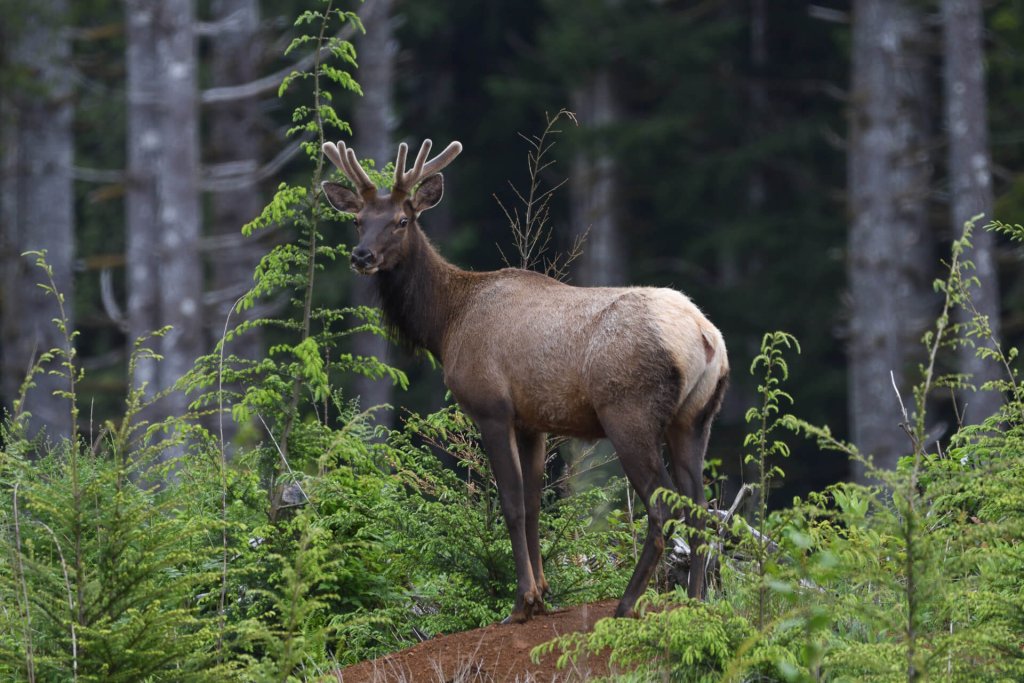
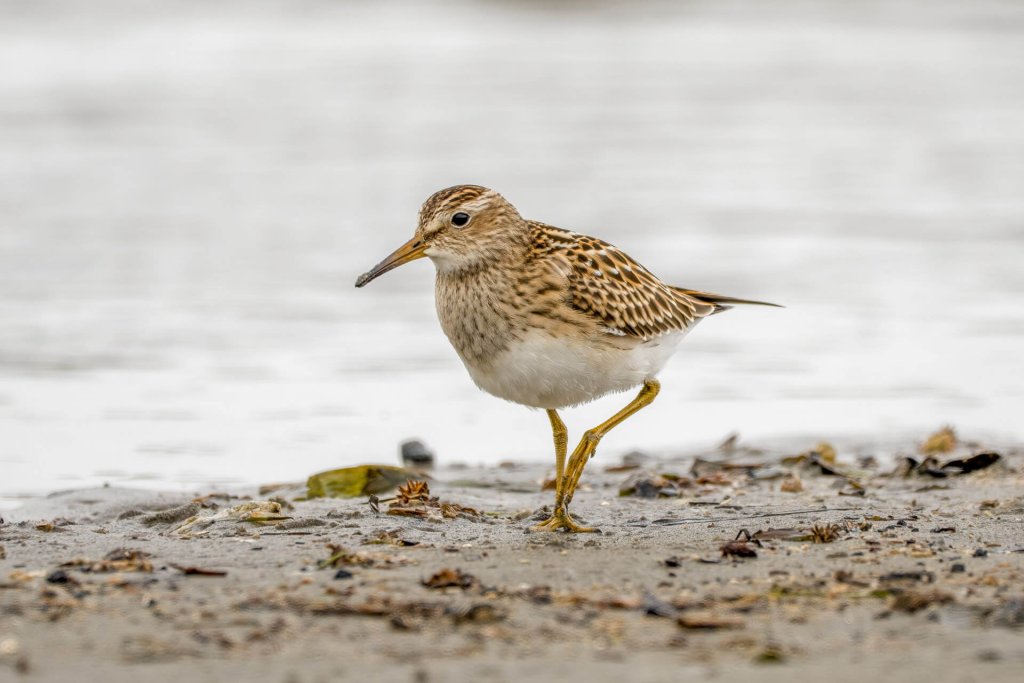
Best for: Mammals, such as river otters and Roosevelt elk
Established in 1937 to protect migratory bird communities, Willapa National Wildlife Refuge occupies separate units around the Long Beach Peninsula in southwest Washington. At the southern edge of Willapa Bay, visitors can see salt marshes, mudflats, salmon-bearing streams, and stands of 900-year-old cedar trees. Twenty miles north, Leadbetter Point hosts a quiet shore pine forest and coastal dunes at the northern tip of the Long Beach Peninsula.
Explore this Washington State wildlife refuge via more than 20 miles of footpaths, including roughly 10 miles of trails that can only be accessed via boat on Long Island, which sits between the mainland and the peninsula. Along the way, watch for more than 200 species of birds, including the endangered Western snowy plover—learn how to help protect this species—as well as Roosevelt elk and river otters. Fall and spring bring the most migrating birds to the refuge, while summer means sunny skies and accessible trails that might otherwise flood in winter and spring.
Also See: Gorge to Long Beach Road Trip
Dungeness National Wildlife Refuge
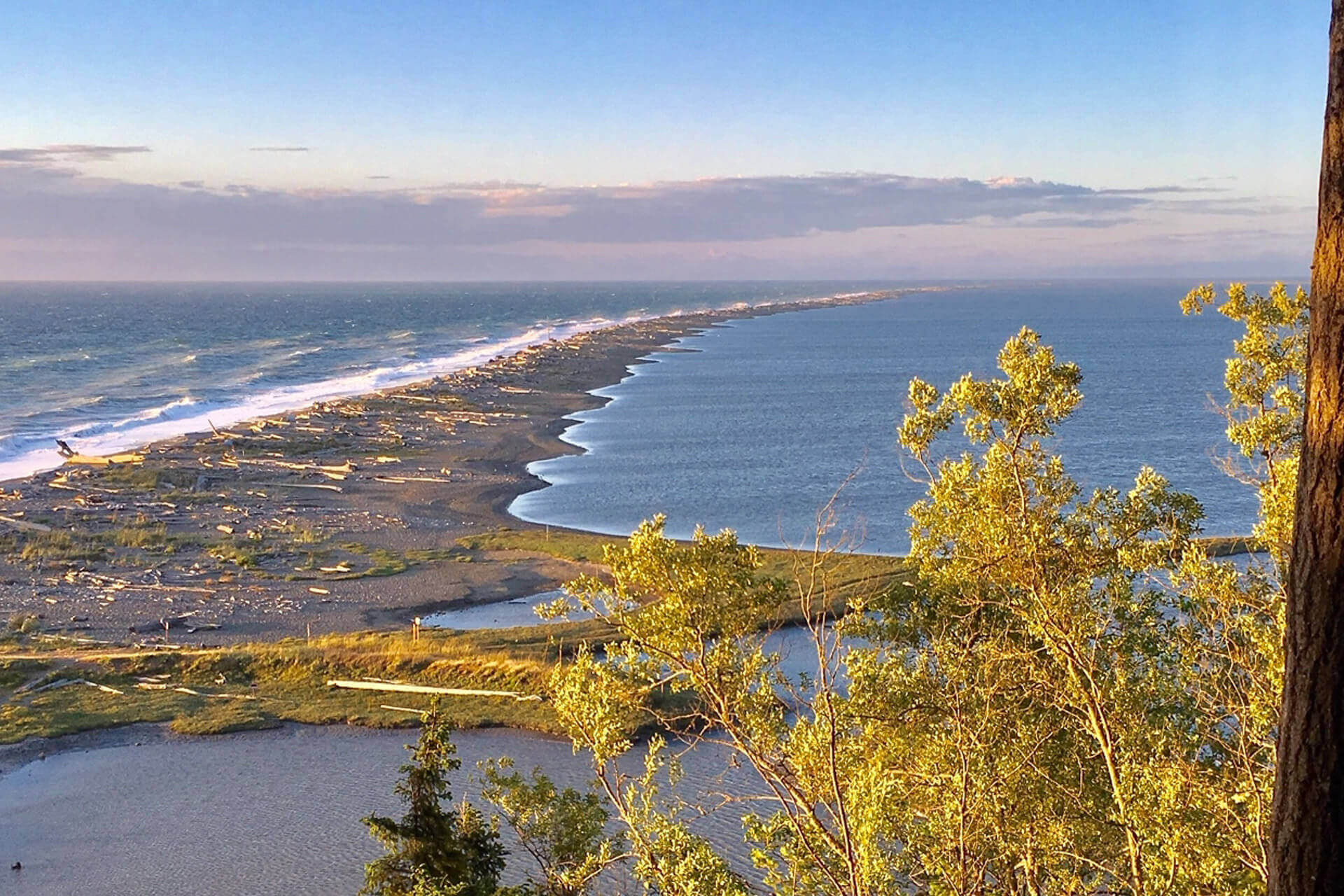
Best for: Harbor seals, which nurse their young in Dungeness Bay
Occupying one of the world’s longest natural sand spits, Dungeness National Wildlife Refuge on the northern Olympic Peninsula is a haven for marine life.
The refuge’s namesake spit extends more than 5 miles north into the Strait of Juan de Fuca, which can be accessed via the 10-mile Dungeness Spit Trail. The mostly flat footpath ends at the New Dungeness Lighthouse, which has aided mariners since 1857. If you’d rather not hike, paddle your kayak to the base of the lighthouse.
Watch for ducks in the calm waters east of the spit, try to spy spawning salmon and steelhead in the refuge’s eelgrass beds, and watch for brants that winter in Dungeness Bay. In summer, harbor seals nurse their pups in the bay’s protected waters.
Umatilla National Wildlife Refuge
Best for: Mallards, which spend winters in the refuge’s sloughs
Umatilla National Wildlife Refuge sprawls across the Columbia River, covering 23,555 acres in two states and hosting an unlikely mix of ecosystems that range from wooded wetlands to sun-kissed shrub steppe.
The wildlife refuge was established in 1969 to account for habitat loss following the construction of the John Day Lock & Dam. Today, the refuge provides idyllic habitats for waterfowl all year long. Mallards, pintails, and Canada geese appreciate its mild winter weather and abundance of habitats. The rest of the year, you might see mule deer, wrens, burrowing owls, and white pelicans.
The Washington portion of the wildlife refuge can be reached from numerous parking areas and three boat launches that provide access to the Columbia River and nearby sloughs.
Turnbull National Wildlife Refuge
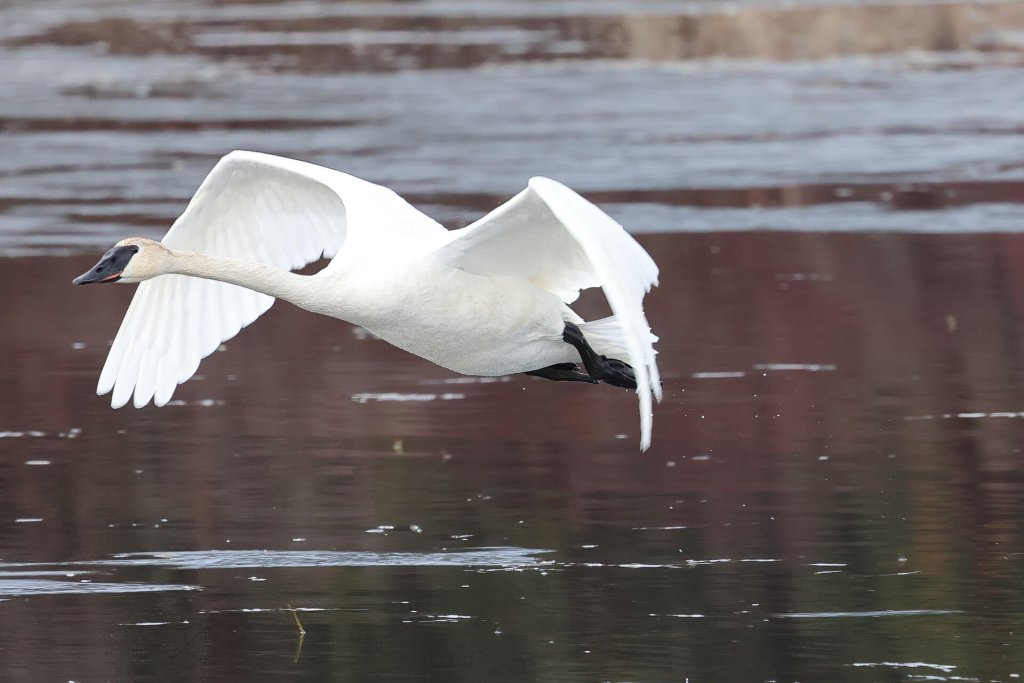
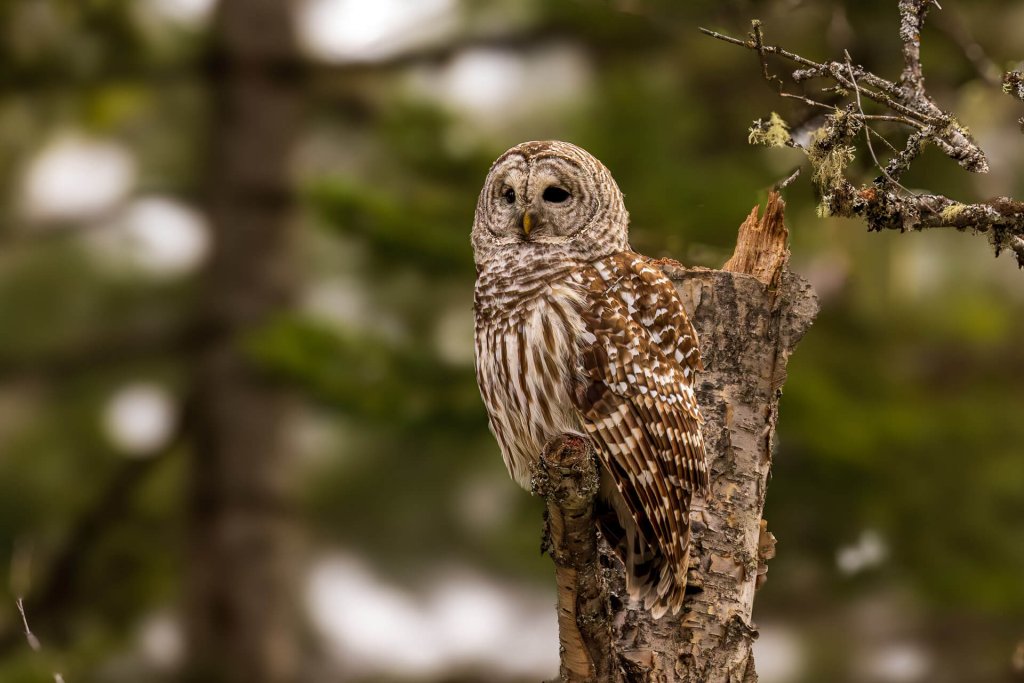
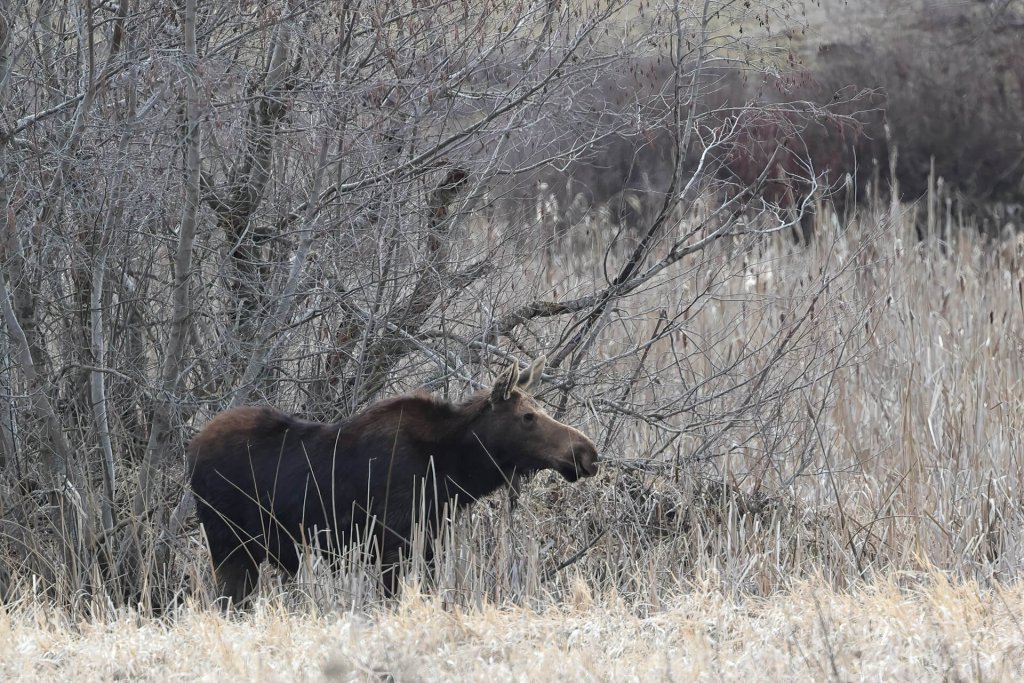
Best for: Moose and waterfowl
Millions of years of volcanic eruptions, glacial retreat, and widespread flooding forged the landscapes at the modern-day Turnbull National Wildlife Refuge. All that activity eventually left behind more than 130 marshes, wetlands, lakes, and ponds that cover large swaths of the 23,000-acre refuge today.
Just 20 miles south of Spokane, Turnbull’s watery landscapes offer prime habitat for nesting swans, Canada geese, colorful mallards, and other migrating waterfowl. And in Turnbull’s forests, resident wildlife includes moose, porcupines, and elk. See it all from along 10 miles of hiking trails, including three wheelchair-accessible paths, and a 5.5-mile auto tour route that provides visitors with low-impact opportunities to spot wildlife.
Julia Butler Hansen Refuge for the Columbian White-Tailed Deer
Best for: Columbian white-tailed deer
The 6,000-acre Julia Butler Hansen Refuge for the Columbian White-Tailed Deer spans two states along the Columbia River and was established in 1971 to protect the once-endangered deer.
Today, you may spy the deer—easily identified by its snow-white rump—in pastures, marshlands, sloughs, and tidal swamps along the river. It shares the refuge with Roosevelt elk, river otters, great horned owls, and several species of wintering and migratory birds.
Enjoy it all from roughly 10 miles of mostly flat hiking trails or from along a 2-mile (one-way) auto tour route with eight stops for easy wildlife watching.
Ridgefield National Wildlife Refuge
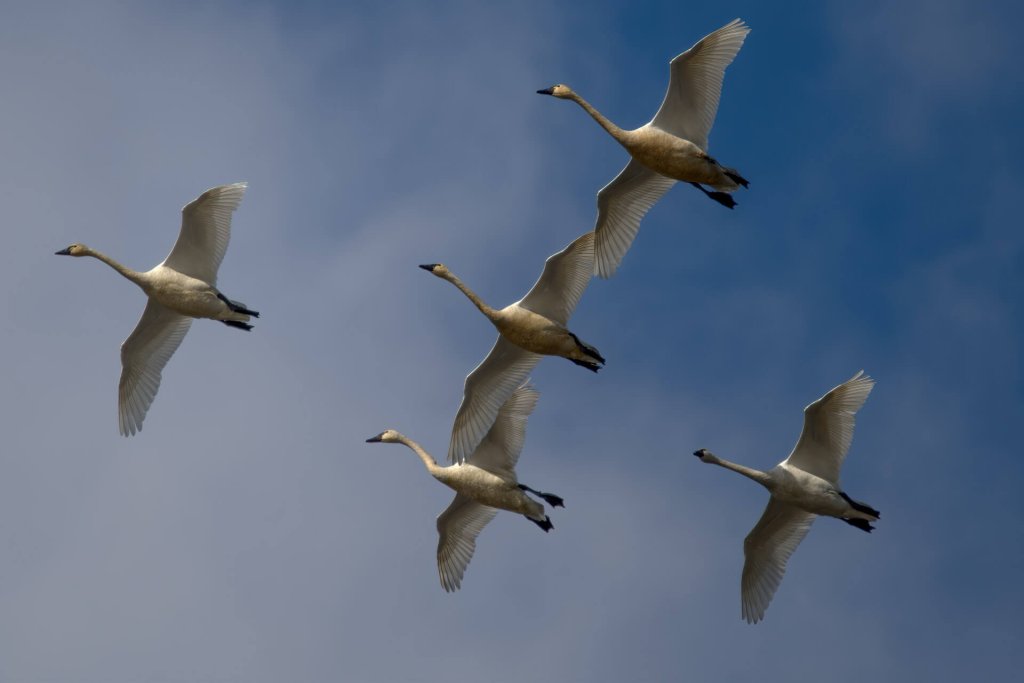
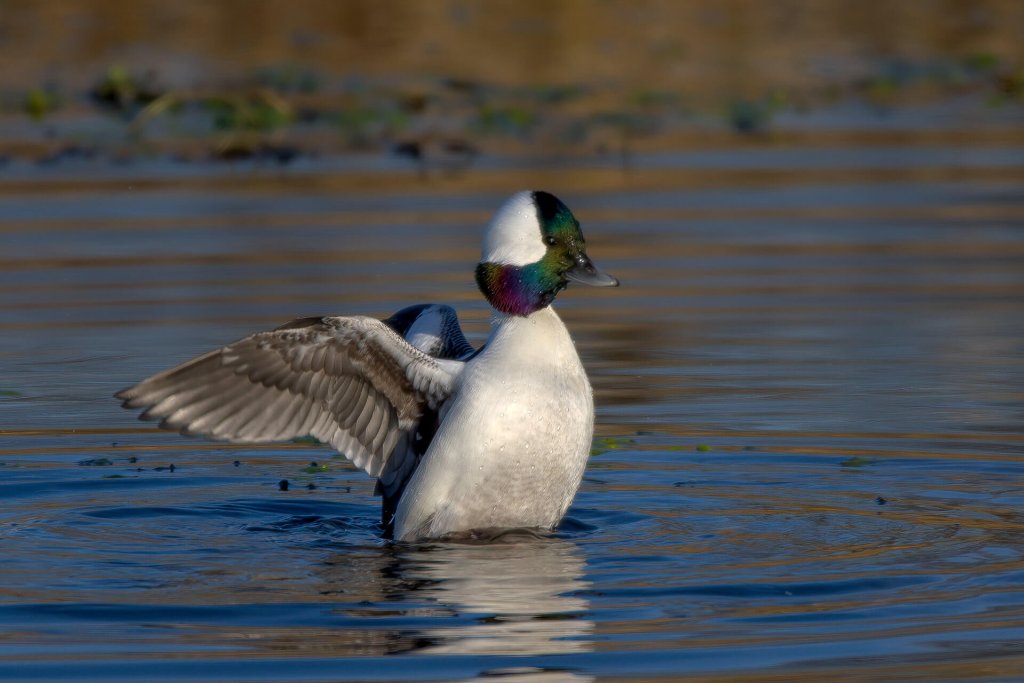
Best for: Dusky Canada geese
The Ridgefield National Wildlife Refuge was established along the Columbia River to provide protected spaces where the dusky Canada goose (easily identified by its slender, black neck) could spend its winter.
Today, the refuge covers wetlands, marshes, floodplain forests, and oak woodlands just north of Vancouver.
In addition to the dusky Canada goose, you might spy sandhill cranes, white-tailed deer, nutria, and river otters. In autumn, vine and bigleaf maple light up the refuge in hues of red, orange, and yellow, making it an especially scenic destination for fall foliage. See it all from along a 4-mile auto tour route and a few mostly flat hiking trails. If paddling is more your speed, a water route also borders the refuge.
Columbia National Wildlife Refuge
Best for: Sandhill cranes in March and April
During the last Ice Age, a series of floods reshaped the landscape of central Washington and led to the creation of oasis-like wetlands in the midst of an otherwise arid steppe. Today, those wetlands attract wintering waterfowl and are the heart of the 30,000-acre Columbia National Wildlife Refuge, which sits 14 miles southeast of Moses Lake and about 60 miles north of the Tri-Cities.
Surrounding those wetlands are cinnamon-hued rimrock and soaring cliffs, which welcome dozens of species of migrating birds annually. In late winter, more than 35,000 sandhill cranes arrive to feed on leftover grain from nearby farms (the Crab Creek Trail is a great viewing spot). By spring, the refuge comes alive with squawking hordes of Canada geese. Come fall, 19 species of duck arrive on their migration. If hiking the refuge’s 6.5 miles of trails between spring and fall, take care to watch for another resident: the western rattlesnake.
Also See: How to Spend 3 Days in Tri-Cities
Grays Harbor National Wildlife Refuge
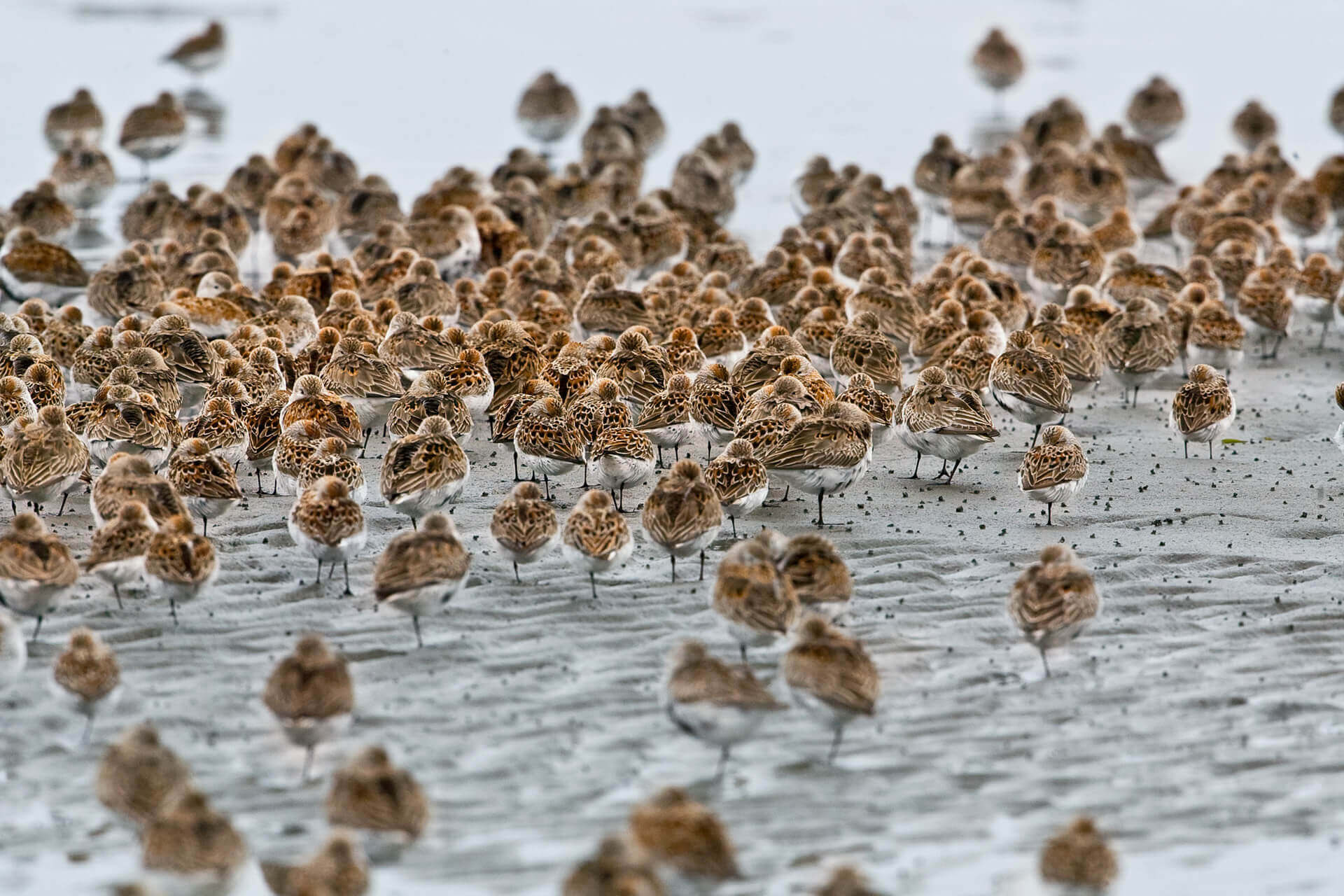
Best for: Western sandpipers
Shorebirds and migratory songbirds are the stars at Grays Harbor National Wildlife Refuge, which sits just west of Aberdeen and hosts hundreds of thousands of migrating birds every spring. This Washington State wildlife refuge comprises roughly 1,500 acres of open water, marshland, riparian forests, and intertidal flats.
Hike the mostly flat Sandpiper Trail to see its namesake bird, especially during spring migration in late April and fall migration, which begins as early as July. These diminutive, black-billed birds are one of the featured species at the Grays Harbor Shorebird Festival, which takes place every spring at the refuge.
Tips for Visiting Washington State Wildlife Refuges
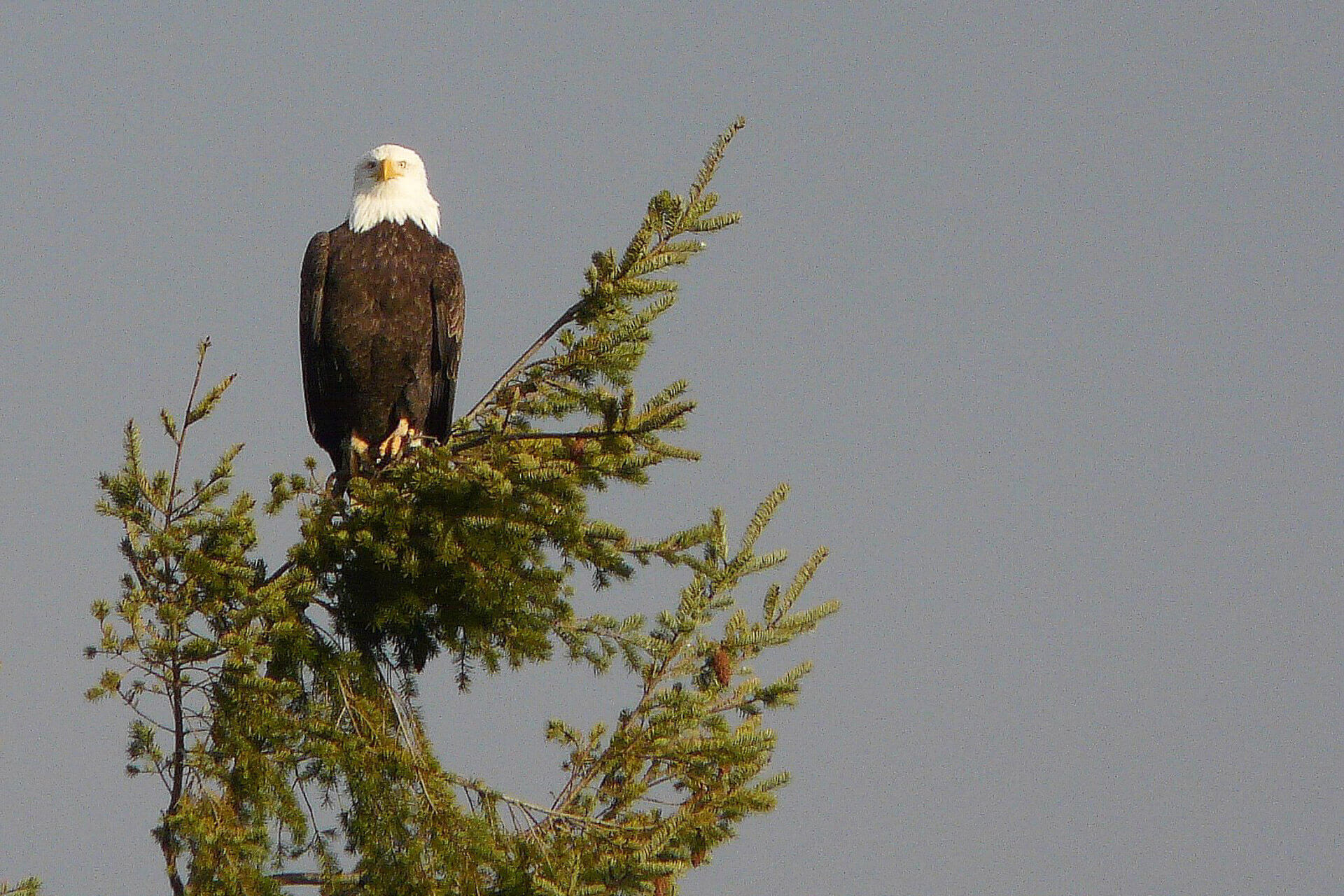
When to visit: Time your visit for right after dawn or just before dusk, when animals are most active. Wildlife activity can also vary greatly by season, so plan accordingly. That might mean visiting in spring or autumn to witness the annual bird migration or planning a late-September trip to see the annual elk rut.
Safety: Stay at least 300 feet away from bears and 75 feet away (roughly two bus lengths) from elk, moose, and other large mammals. Do not attempt to feed or engage with wildlife of any size.
Pets: Many wildlife refuges don’t permit pets, while others require dogs to be leashed at all times. Visit individual refuge’s website to learn about pet policies.
Closures: Please note that some refuges enact temporary closures to protect wildlife during breeding or nesting seasons.
Fees: Some wildlife refuges charge a nominal entry fee; check your preferred refuge’s website to see about fees and accepted forms of payment.
About the Author
Matt Wastradowski is a travel writer, guidebook author, and lifelong resident of the Pacific Northwest. He has written about the great outdoors, craft beer, and history for Northwest Travel & Life, REI, AAA’s Via magazine, and other publications.
Featured Image Photo Credit: Jan Wieser
